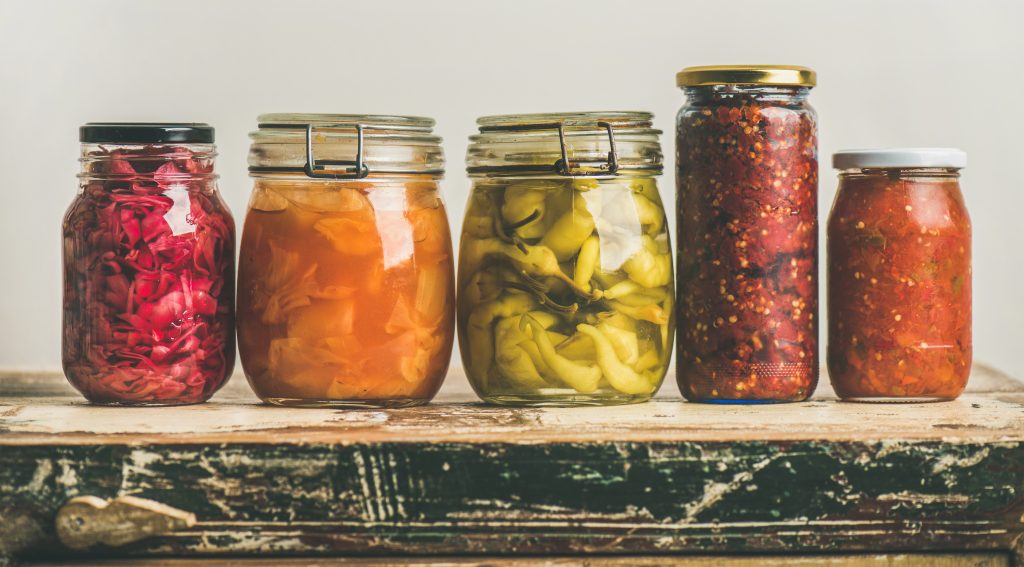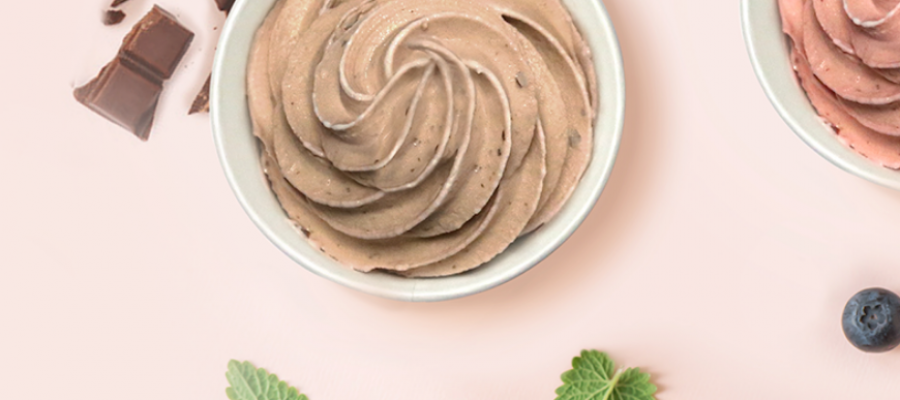Fermented Food and Cultured Desserts
Fermented foods are both tasty and good for us. We’re already aware of sourdough and delicious side dishes like sauerkraut and kimchi. But what about fermented desserts? Do they exist? We’ll look at three cultured ingredients and get you thinking differently about desserts.
What is Food Fermentation?
Fermentation is a naturally metabolic process. Enzymes see carbs converted into alcohol, preservative acids, and carbon dioxide – all of which are useful to the human’s guts. The food scientist Keith Steinkraus told us that food fermentation serves five main purposes:
- Development of flavours and textures
- Food preservation
- Food’s enrichment with proteins, amino acids, and vitamins.
- Saving time and fueling cooking
- Eliminating antinutrients. These antinutrients are basically plant compounds that reduce the absorption of nutrients

Without fermentation, we wouldn’t have sour foods and alcoholic drinks! We’d also miss out on a handful of health benefits associated with the fermentation process. While it depends on the type of food, benefits include a reduced risk in cardiovascular disease, high blood pressure, obesity, and also inflammation. There’s also positive ties with mood, bone health, and recovery after exercise. And let’s not forget gut health.
This doesn’t mean eating only fermented food is the way to go. But it is worth incorporating cultured foods like yogurt, kefir, and crème fraîche. They exist in vegan form and they are dessert friendly! Let’s look at each of these in closer detail.
Yogurt
Yogurt is the most common of the three. It’s made by yogurt cultures that ferment milk. This gives us the wonderful texture and tang associated with yogurt. While it’s most often made from cow’s milk, we occasionally find it made from goat and buffalo milk. Naturally sour, it’s very normal to see it blended with fresh fruits. Most Greek yogurt is known to have healthy probiotic bacteria. According to Health Canada’s current labelling regulations, a product must contain a minimum of 1 billion live probiotic cultures per serving in order to make a claim on their label stating that their product provides the benefits associated with probiotics.
Thankfully, no one need be excluded when it comes to yogurt as soy milk, rice milk, and nut milks can also be fermented with yogurt cultures. Popular yogurt desserts include parfait, cheesecake, and cakes. It also works well in mousses and puddings. But how could we go past a smoothie or a frozen yogurt on a hot spring’s day? While frozen yogurt contains probiotic bacteria, usually vendors will remove the fat (which, surprise, is not harmful for us) and instead will place artificial sweeteners, sodium, and other additives that counter the taste. Check the label or ask the vendor!
Kefir
Another fermented milk product is kefir. If you’re unfamiliar, picture a thinner version of yogurt. It’s made when kefir grains are introduced to cow, goat, and sheep milk. Good news for those on plant-based diets, kefir grains also ferment milk substitutes like soy milk and coconut milk. Moreover, they can ferment fruit juices, coconut water, and even ginger beer!

Kefir can easily replace milk with cereals, and works well in milkshakes, smoothies, and ice cream. We also see this cultured ingredient used in panna cotta, tarts, and our much-loved banana bread.
Crème fraîche
Crème fraîche is basically a soured cream that contains 30–45% butterfat. Soured with bacterial culture, it has a lower viscosity and a higher fat content than regular sour cream. Much like kefir and yogurt, crème fraîche is commonly found in Europe where it’s used in pastas, sauces, and soups. It’s also the basis of several desserts and dessert sauces. For example, we can use crème fraîche in crème caramels, cheesecakes, panna cottas, and tarts. Additionally we find it in cookies and cakes. It can also be used in place of whipped cream – an ingredient we know is incredibly versatile when it comes to desserts.
Try including fermented ingredients like yogurt, kefir, and crème fraîche the next time you prepare your dessert. Check out additional ideas of different fermented food from around the world here. You’ll notice the tang and texture is different when compared to other desserts. And you’ll be reaping some added health benefits while you’re at it!





